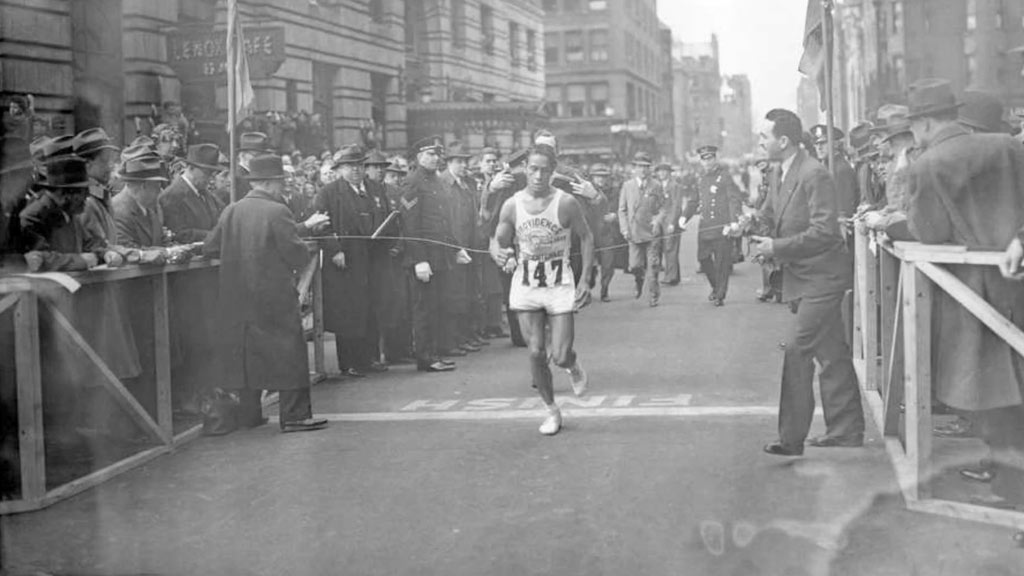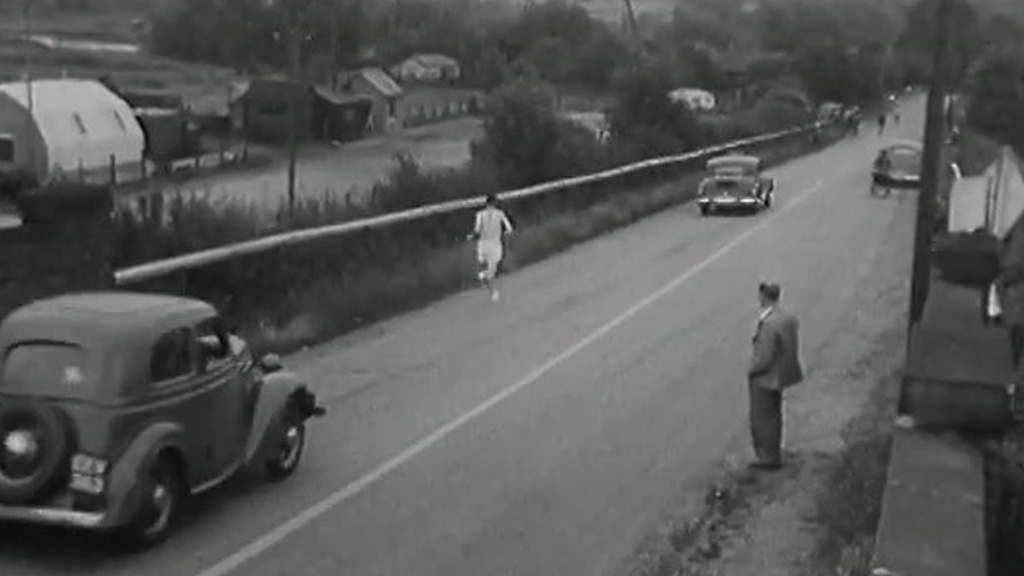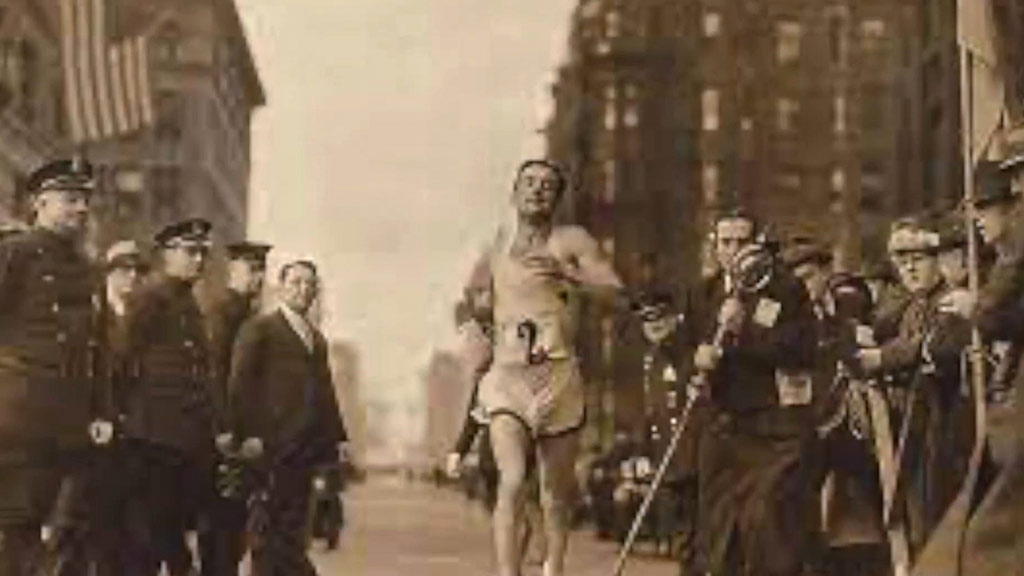The Boston Marathon, one of the world’s most iconic races, has a rich history intertwined with the unpredictable New England weather.
From blistering heat waves to unexpected snowstorms, runners have faced it all. Each year’s weather conditions add a unique chapter to the marathon’s storied past, influencing race strategies and outcomes.
Understanding the weather history of the Boston Marathon offers valuable insights into the resilience and adaptability of its participants.
This timeline explores notable weather events that have shaped the race, highlighting how athletes and organizers have navigated the challenges posed by Mother Nature.
History Of The Boston Marathon
The Boston Marathon began as a humble race but has grown into one of the world’s most prestigious marathons. Its rich history is intertwined with New England’s unpredictable weather.
The First Boston Marathon
The first Boston Marathon took place on April 19, 1897, with only 15 runners. Inspired by the success of the first Olympic Marathon in 1896, Boston Athletic Association (BAA) members decided to host their own race.
John J. McDermott, a New Yorker, won that inaugural event, setting the stage for a race that would become an annual tradition.
Notable Milestones
Several milestones have marked the Boston Marathon’s storied history. In 1966, Roberta “Bobbi” Gibb became the first woman to run the marathon, despite not being officially allowed to enter.
This moment opened the door for future female participants. The infamous 2013 marathon, marred by a tragic bombing, showcased the resilience of the running community.
In 2018, weather conditions were among the harshest, with cold temperatures and heavy rain, challenging even the most seasoned runners.
Early Years: Weather in the Boston Marathon (1897-1949)

The early years of the Boston Marathon saw a variety of weather conditions. These fluctuations left a significant mark on the race’s history and the experiences of its participants.
Notable Weather Events
Weather during the Boston Marathon varied greatly in its early years. In 1905, runners faced an unseasonably warm day with temperatures soaring to 100°F.
This heat wave led many participants to drop out and highlighted the challenges of springtime weather variability.
By contrast, the marathon in 1925 experienced a cold snap, with temperatures dipping to 38°F, coupled with strong winds that made it a grueling test of endurance.
The 1939 race saw torrential rain, leading to muddy conditions that slowed down the field significantly and made for an exceptionally tough marathon.
Impact on Runners
The weather had a profound impact on the performance and strategies of marathon runners. During the 1905 heat wave, the high temperatures caused significant dehydration, leading to medical issues for many athletes.
These conditions underscored the need for better hydration strategies. The frigid temperatures in 1925 saw runners layering up, though many still struggled with hypothermia and slowed times.
The rain-soaked 1939 race resulted in numerous slips and falls, forcing runners to adjust their pace and footing constantly.
Each of these weather challenges forged a resilient group of marathoners, who adapted their strategies year after year to tackle whatever climate New England threw their way.
Mid 20th Century Weather Trends (1950-1979)

The mid-20th century saw a unique range of weather patterns that significantly impacted the Boston Marathon.
This period marked some of the coldest and rainiest races, alongside weather records that remain memorable.
Cold and Rainy Marathons
Some of the most challenging marathons in this era featured cold and rain. In 1956, temperatures barely rose above the 40s, and runners battled steady rain throughout the event.
The 1958 marathon saw similar conditions, combining cold temperatures with persistent rain, testing the endurance and fortitude of every participant.
These years highlighted the unpredictable and often harsh weather that could plague the marathon, forcing runners to adapt their strategies to cope with the cold and wet.
Weather Records Set
Several notable weather records were set during these decades. The 1970 marathon stands out with one of the largest temperature variations in race history.
Starting at a chilly 38°F in Hopkinton, it ended in Boston with temperatures soaring above 60°F. Similarly, the 1976 marathon, dubbed “The Run for the Hoses,” occurred during an unexpected heatwave with temperatures reaching 100°F on the course, marking it one of the hottest races in history.
These extremes underscored the volatile weather patterns that runners had to prepare for during this period.
By understanding these trends, we gain insights into how mid-20th-century weather patterns significantly influenced marathon outcomes, demonstrating the remarkable resilience and adaptability of the runners.
Late 20th Century Climates (1980-1999)

The Boston Marathon during the late 20th century experienced varying climates that tested participants’ endurance and adaptability.
This period was marked by some particularly memorable weather challenges and technological advancements in forecasting.
Memorable Weather Challenges
Memorable weather challenges often leave a lasting impact on communities, shaping experiences and resilience.
Here are a few notable examples:
1982: High Temps and Humidity
The 1982 marathon saw unusually high temperatures and humidity. This led to numerous runners suffering from dehydration, with several athletes requiring medical assistance.
1993: Cold and Wet Conditions
Marathoners battled both cold and wet conditions in 1993. The low temperatures and persistent rain made the course more challenging, affecting runners’ performance and increasing the risk of hypothermia.
1996: Inaugural Extreme Heat For Centennial
The 100th running of the Boston Marathon in 1996 coincided with unexpectedly high temperatures. The heatwave forced many participants to slow their pace, illustrating the impact of extreme weather on race dynamics.
Advanced Weather Modeling
The late 20th century saw advancements in weather modeling technologies. These improvements allowed for more accurate predictions, helping organizers and runners prepare better for race day conditions.
Enhanced Communication Tools
Communication tools improved significantly during this period. Organizers used these tools to disseminate up-to-date weather information, thus enhancing runner safety and strategies.
Introduction of Meteorological Services
The Boston Athletic Association began collaborating with meteorological services. This ensured that runners received precise forecasts and race-specific weather advice, reducing uncertainty and improving overall event management.
Weather Patterns of the 2000s
The 2000s saw unique weather conditions at the Boston Marathon, impacting both runners and race outcomes.
Extreme Weather Conditions
Multiple marathons in the 2000s faced significant weather challenges. The 2007 race stands out for its nor’easter, causing cold rain and high winds.
Organizers considered canceling, but race day proceeded with safety measures in place. In 2012, unseasonable heat led to temperatures peaking at 89°F (32°C), resulting in many heat-related ailments. Medical tents saw record numbers of runners seeking help.
Record-Breaking Temperatures
Several marathons in this decade experienced temperature extremes. The 2004 race was particularly memorable, starting below freezing and finishing just over 50°F (10°C).
Conversely, the 2012 race saw one of the highest temperatures in Boston Marathon history, compelling organizers to offer deferrals.
Such dramatic weather variations underscore New England’s unpredictable climate and the race’s enduring resilience.
Recent Years Weather Analysis (2010-Present)
Weather conditions during the Boston Marathon in the past decade have varied immensely, creating unique challenges for runners every year. Each race presents its own story influenced by New England’s ever-changing climate.
2010
The race saw ideal conditions with temperatures ranging from 49°F (9°C) to 59°F (15°C), making it perfect for personal bests.
2012
Unseasonably hot, with temperatures reaching 89°F (32°C). Many runners struggled, resulting in one of the slowest average finish times.
2014
Marked by a cool, rainy day with temperatures around 48°F (9°C), which favored many participants, leading to strong performances.
2016
Warm conditions prevailed, hitting a high of 70°F (21°C). This impacted runner endurance, causing more frequent hydration stops.
2018
Known for one of the worst weather conditions, featuring pouring rain, strong headwinds, and cold temperatures around 38°F (3°C). Despite this, Des Linden became the first American woman to win since 1985.
2019
Mild start with temperatures around 54°F (12°C) but turned to heavy rain mid-race, affecting finish times and strategies.
2020
The marathon was postponed and eventually held virtually due to the COVID-19 pandemic, making weather conditions irrelevant for the structured event.
2021
Postponed to October with temperatures ranging from 45°F (7°F) to 57°F (14°C). Cooler autumn conditions differed from the traditional spring weather.
2022
Returned to April with temperatures between 45°F (7°C) and 51°F (11°C). Windy conditions influenced pacing strategies.
Impact Of Weather On Performance
The weather conditions at the Boston Marathon have historically played a significant role in shaping runners’ performances and race outcomes.
From extreme heat to icy cold and torrential rain, weather can influence everything from race strategies to finishing times.
Here’s a closer look at how different weather conditions impact marathon performance:
Heat
High temperatures can cause dehydration and heat exhaustion. In hot conditions, such as the 2012 marathon with temperatures reaching 89°F (32°C), runners often slow their pace, resulting in slower finishing times and increased medical issues. Proper hydration and pacing strategies are essential to manage the risks of heat.
Cold
Cold weather can lead to hypothermia and frostbite if runners are not adequately prepared. In 1925, for instance, freezing temperatures and strong winds made the race particularly grueling.
Some runners perform better in cooler conditions, as seen in the 2010 marathon, where temperatures between 49°F (9°C) and 59°F (15°C) were ideal for personal bests. However, icy conditions increase the risk of falls and injuries.
Rain
Rain can create slippery surfaces, increasing the likelihood of falls and affecting stability. The 1939 marathon, with heavy rain, made the course muddy and challenging.
Combined with cold temperatures, rain can lead to hypothermia, as experienced in the 2018 marathon.
Rain also impacts gear, requiring adjustments such as water-resistant clothing and proper footwear.
Wind
Strong headwinds force runners to expend more energy and can significantly affect pacing and endurance. The 2007 marathon, influenced by a nor’easter, highlighted the challenges posed by high winds.
Runners often need to adjust their strategies, including pacing and drafting, to handle windy conditions.
Variable Conditions
The Boston Marathon’s unpredictable weather requires runners to be adaptable. Successful participants develop strategies to cope with various weather conditions, from preparing for extremes to adjusting their gear and pacing.
Understanding these impacts is crucial for both runners and organizers to navigate the challenges of race day.
Frequently Asked Questions
What was the weather like in the Boston Marathon in 1976?
The 1976 Boston Marathon had high temperatures along the course reported to be around 96 degrees, making it one of the hottest races in the event’s history.
What tips can help runners prepare for various weather conditions in the Boston Marathon?
Runners should focus on hydration, wear suitable clothing, and follow safety measures specific to different conditions, such as using layers in cold weather or lightweight, breathable materials in hot weather.
How has the Boston Marathon evolved in terms of handling weather conditions?
Over the years, the marathon has incorporated enhanced safety measures, better support for runners, and more precise weather forecasting, all contributing to improved runner safety and performance.
Can weather updates be received during the Boston Marathon?
Yes, the Boston Athletic Association provides personalized weather updates and guidance on appropriate clothing and gear, helping participants navigate varying weather conditions safely.
Conclusion
The Boston Marathon’s rich history reveals how weather has shaped its legacy. By adapting to New England’s unpredictable climate, runners and organizers have enhanced safety and performance through improved weather forecasting and strategic planning.
With advancements, such as medical tents, cooling buses, and precise weather updates, runners can better prepare for heatwaves, cold snaps, and other extreme conditions.
The Boston Athletic Association’s commitment to providing tailored support, from hydration stations to appropriate gear recommendations, ensures participants can tackle any weather scenario.
This adaptability underscores the resilience and evolution of the Boston Marathon, making it a premier event despite the challenges posed by varied weather conditions.
Jaclyn Lowe